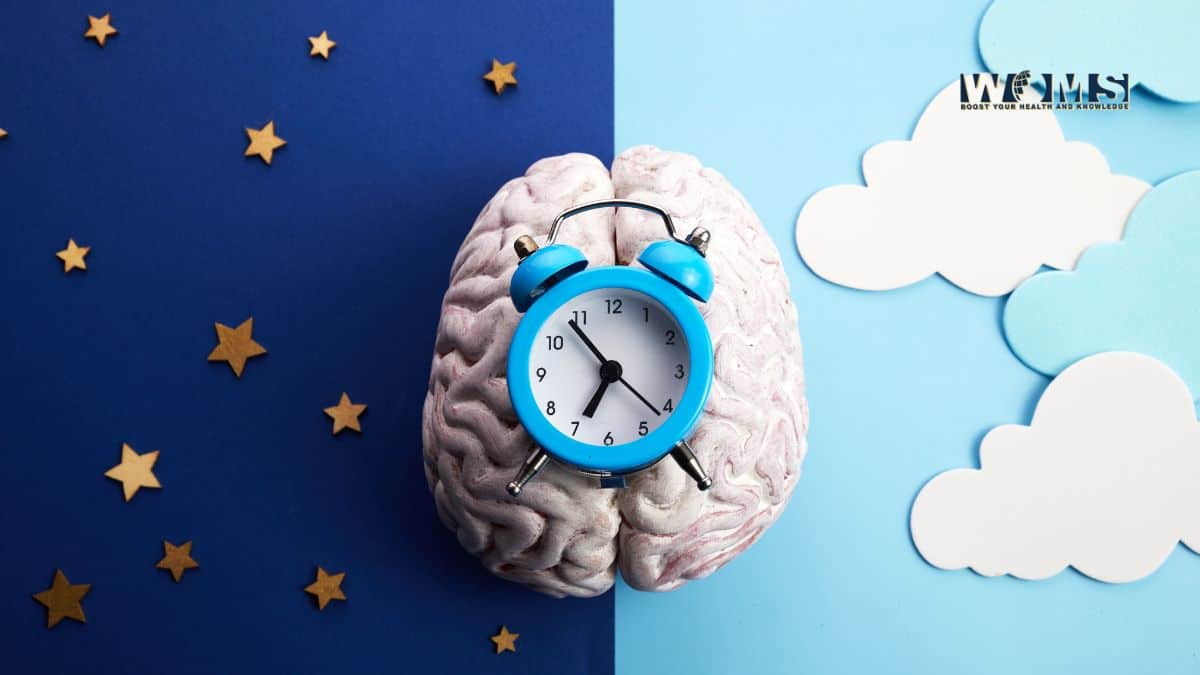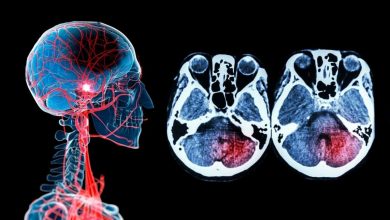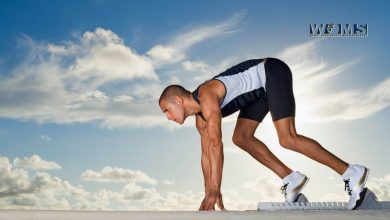The Science of Timing: How Circadian Rhythms Shape Your Fitness Journey

Your body moves to an intricate biological rhythm that’s been perfected over millions of years of evolution. This internal timekeeper, known as your circadian rhythm, doesn’t just determine when you feel sleepy or alert—it orchestrates a complex symphony of physiological processes that can make the difference between effective exercise and a mediocre one.
Understanding Your Body’s Internal Clock
The circadian system is controlled by the suprachiasmatic nucleus (SCN), a cluster of neurons in the hypothalamus that acts as your body’s master timekeeper. This biological clock responds primarily to light signals received through specialized cells in your retina, but it’s also influenced by other environmental cues such as temperature and eating patterns.
Key functions regulated by your circadian rhythm include:
- Core body temperature fluctuations
- Hormone production and release
- Metabolic rate changes
- Cognitive performance variations
- Muscle strength and flexibility patterns
- Cardiovascular efficiency
Optimal Circadian Rhythm and Exercise Timing
Morning Exercise (6:00 AM – 9:00 AM)
Research by Nature Reviews Endocrinology shows specific advantages to morning workouts:
- Enhanced fat oxidation on an empty stomach
- Higher adherence rates due to fewer daily disruptions
- Improved blood pressure regulation
- Better sleep quality when combined with morning light exposure
However, there are important considerations:
- Core body temperature is at its daily low
- Joint flexibility is reduced
- Injury risk may be higher without proper warm-up
- Reaction times are slower
Key Practice: To optimize your circadian rhythm and exercise routine, begin morning workouts with a warm-up of 10-15 minutes, add foam rolling exercises, and start light and work up to heavier weights.
Afternoon/Evening Exercise (2:00 PM – 7:00 PM)
Scientific evidence points to several physiological advantages:
- Core body temperature peaks (2-3°F higher than morning)
- Muscle strength reaches maximum potential
- Reaction time and coordination are optimal
- Perceived exertion is lower
- Reduced risk of injury due to improved muscle flexibility
Important Note: While evening exercise is physiologically optimal for performance, it should end at least 2-3 hours before bedtime to avoid sleep disruption.
Individual Chronotype Considerations
Your chronotype your natural tendency toward morning or evening activity significantly influences optimal exercise timing. Individual Chronotype Considerations
Understanding your circadian rhythm and exercise timing starts with your chronotype whether you naturally prefer morning or evening activity. Research shows performance peaks when workout timing aligns with this natural rhythm, though individual responses vary.
Identifying your chronotype:
- Morning types (25% of population): Peak performance 2-4 hours after waking
- Evening types (25% of population): Peak performance in late afternoon/early evening
- Intermediate types (50% of population): Flexible performance window
Strategic Nutrition Timing
Pre-Exercise Nutrition
Timing recommendations based on workout intensity:
- High-intensity training: 3-4 hours after a complete meal
- Moderate intensity: 2-3 hours after a meal
- Light exercise: 1-2 hours after eating
Composition guidelines:
- Complex carbohydrates: 60% of pre-exercise meal
- Lean protein: 25%
- Healthy fats: 15%
Post-Exercise Recovery Window
Current research by The Journal of Obesity has debunked the strict “30-minute anabolic window” myth. Key findings:
- Protein synthesis remains elevated for 24-48 hours post-exercise
- Total daily protein intake matters more than precise timing
- Carbohydrate replenishment is most critical for endurance athletes or those training multiple times per day
Sleep Architecture and Athletic Recovery
Sleep quality significantly impacts athletic performance and recovery. Each sleep stage serves specific recovery functions:
- N1 (Light Sleep): Neural recovery begins
- N2: Motor learning consolidation occurs
- N3 (Deep Sleep): Growth hormone release peaks, tissue repair accelerates
- REM: Mental recovery and skill acquisition enhancement
Circadian Disruption: Health Implications
Chronic circadian misalignment can lead to:
Metabolic Effects
- Insulin sensitivity decreases by up to 40%
- Glucose tolerance impairment
- Altered appetite hormone regulation (ghrelin and leptin)
Performance Impacts
- Reduced power output (up to 15%)
- Decreased endurance capacity
- Compromised technical skill execution
- Slower reaction times
Recovery Impairment
- Delayed muscle protein synthesis
- Increased inflammatory markers
- Compromised immune function
- Extended recovery time between sessions
Practical Implementation Strategies
Track Your Energy Patterns
- Monitor energy levels for 2 weeks
- Note performance variations at different times
- Identify your optimal training window
Gradual Adjustment
- Shift workout times by 30-minute increments
- Allow 1-2 weeks for adaptation
- Maintain consistency with new schedule
Environmental Optimization
- Morning exercise: Seek natural light exposure
- Evening exercise: Consider blue light blocking after sunset
- Temperature regulation for optimal performance
Conclusion
While research provides clear insights into circadian rhythm optimized exercise, individual variation remains significant. The key is to find your personal sweet spot by understanding your chronotype, respecting your body’s natural rhythms, and making gradual adjustments that support both performance and recovery.
This evidence-based approach to timing your workouts can lead to:
- Improved performance metrics
- Better recovery outcomes
- Reduced injury risk
- Enhanced long-term adherence
Remember: The best workout time is one you can consistently maintain while feeling energized and motivated.




